On August 1, on the anniversary of the beginning of the battle of Bakhmut, the exhibition "Bakhmut: the Faces of Genocide 1942/2022" opened in Kyiv.
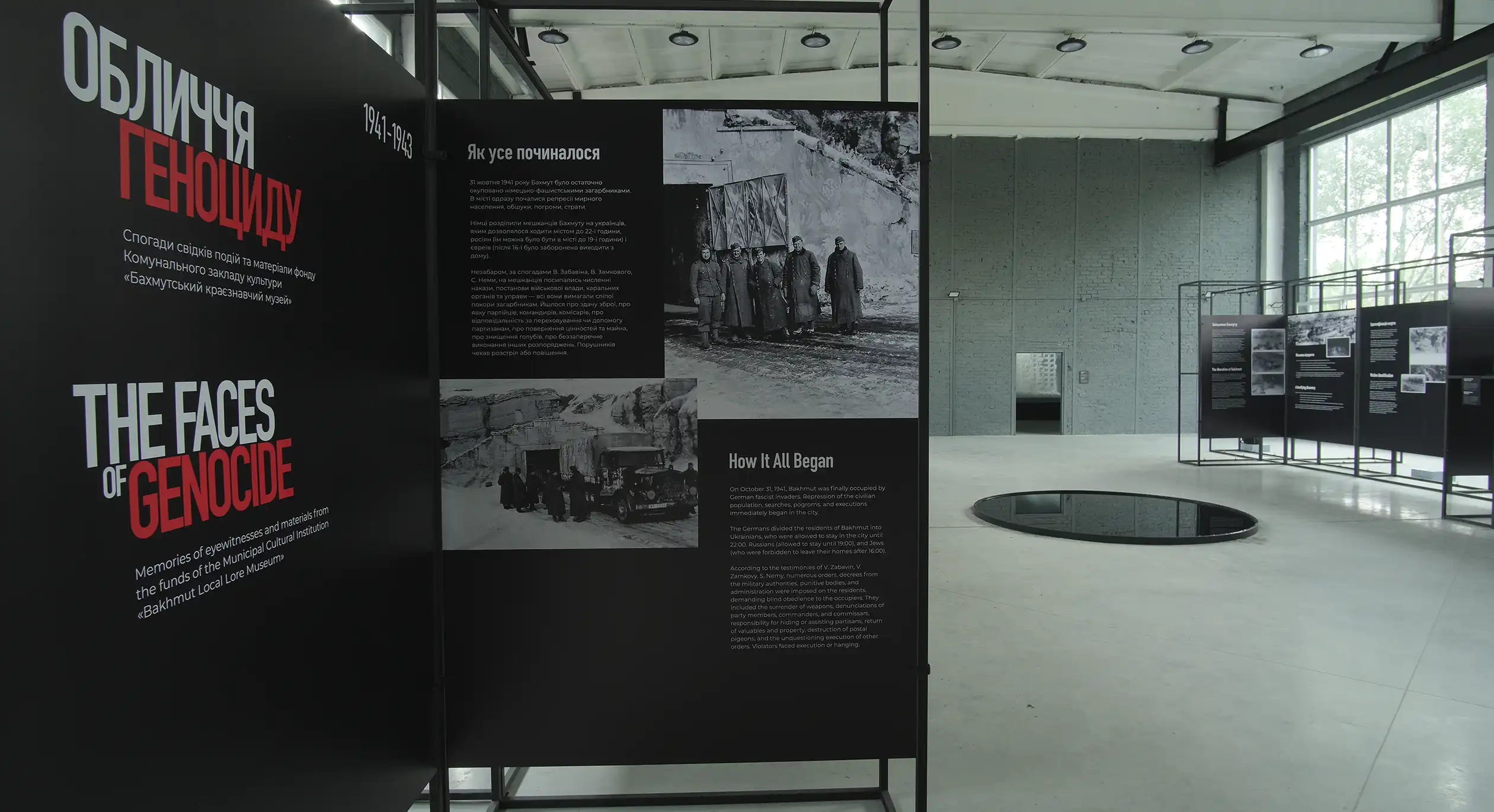
This event aims to draw parallels between the tragedy of the Holocaust in 1942, during which over 3000 innocent civilians, mostly Jews, were killed in Bakhmut, and the deliberate destruction of the city by russian occupiers in 2022-2023. Bakhmut is the site of two genocides, eighty years apart, committed by two similar totalitarian regimes - Nazi Germany and modern russia.
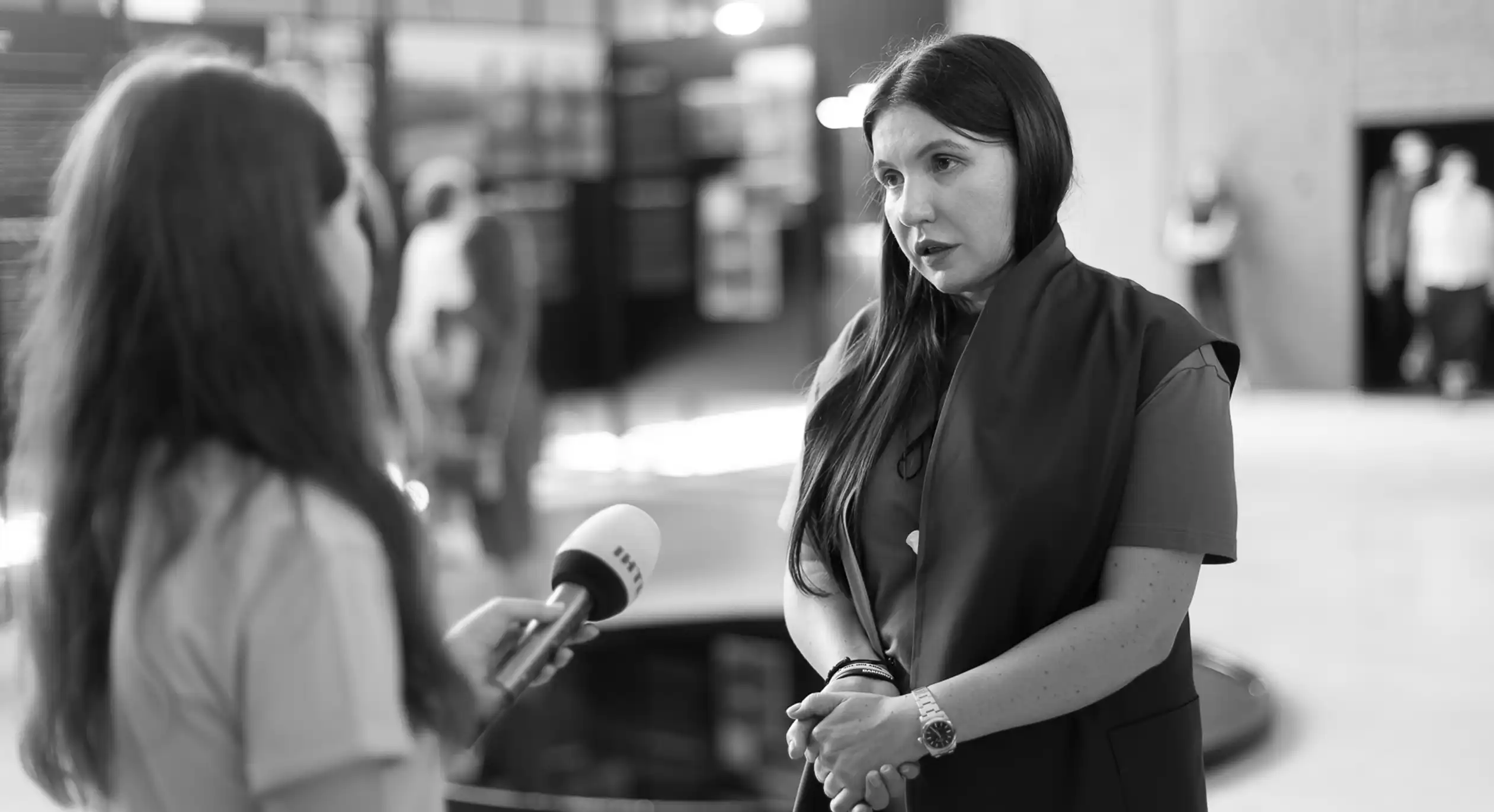
"This is a history that Ukrainians need. It shows who we truly are. In Ukraine, almost every region has its own Babyn Yar. And there are also thousands of stories of Jews being saved by Ukrainians, stories that people were unable to tell for a long time. Now the whole world sees how russian neo-Nazis are committing genocide on our land. The parallels that we draw with this exhibition about the actions of the German Nazis and the russian invaders in Bakhmut are not a comparison of which of them is the lesser evil. It's about the fact that evil has the same face, and it must be punished," noted Roza Tapanova, the head of the National Historical and Memorial Reserve "Babyn Yar".
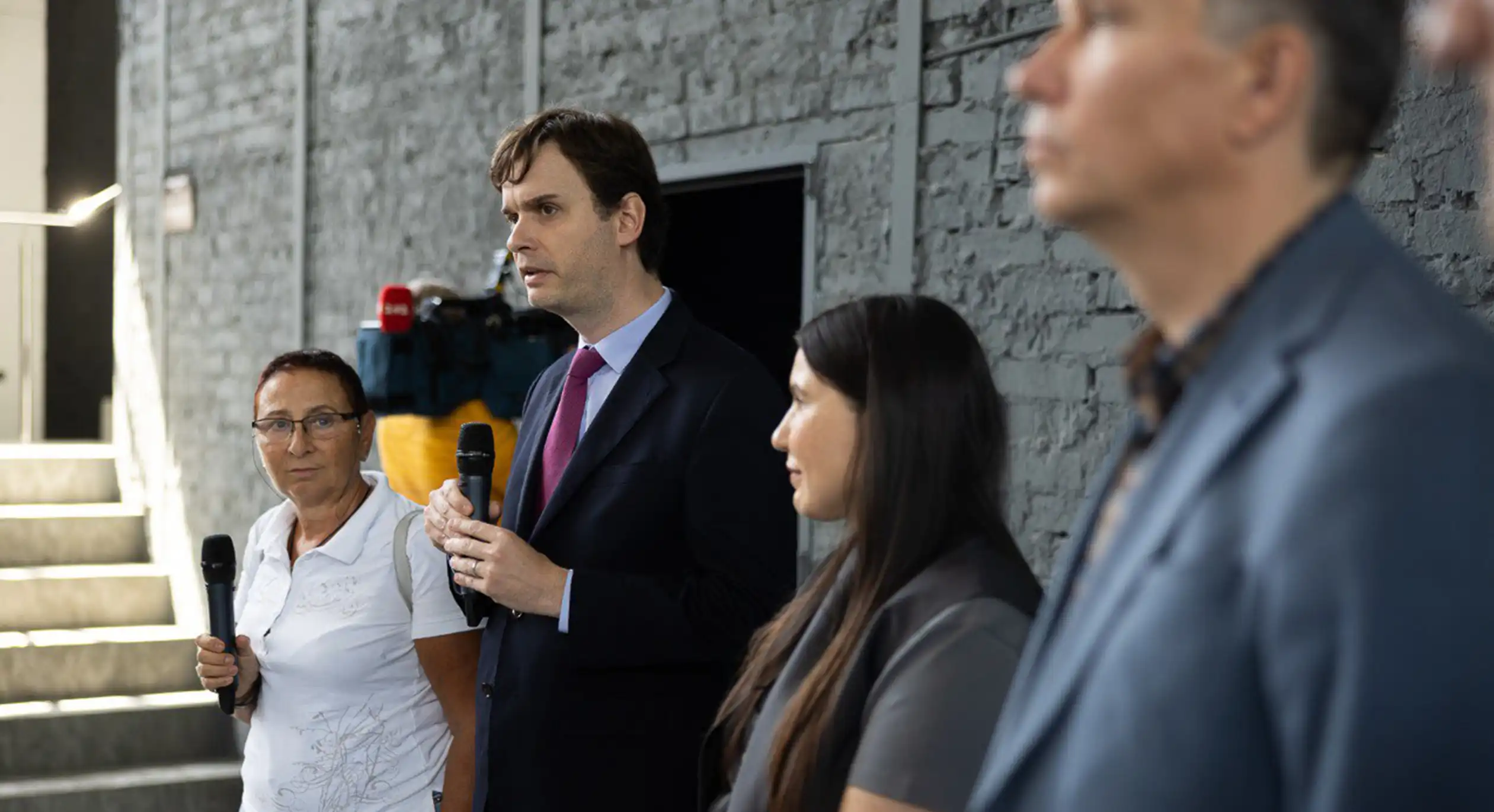
Ukraine has allies in EU countries who also seek to bring russian criminals to justice for the committed genocide. "We stand for justice restoration and fair punishment. Just as there was punishment for actions that occurred during World War II, we will not stop until there is fair punishment for what is happening in Bakhmut today," said Charge d'Affaires of Spain Javier Fuentes Leja at the opening of the exhibition "Bakhmut. the Faces of Genocide 1942/2022". Spain currently holds the presidency of the EU Council, which makes this statement more significant.
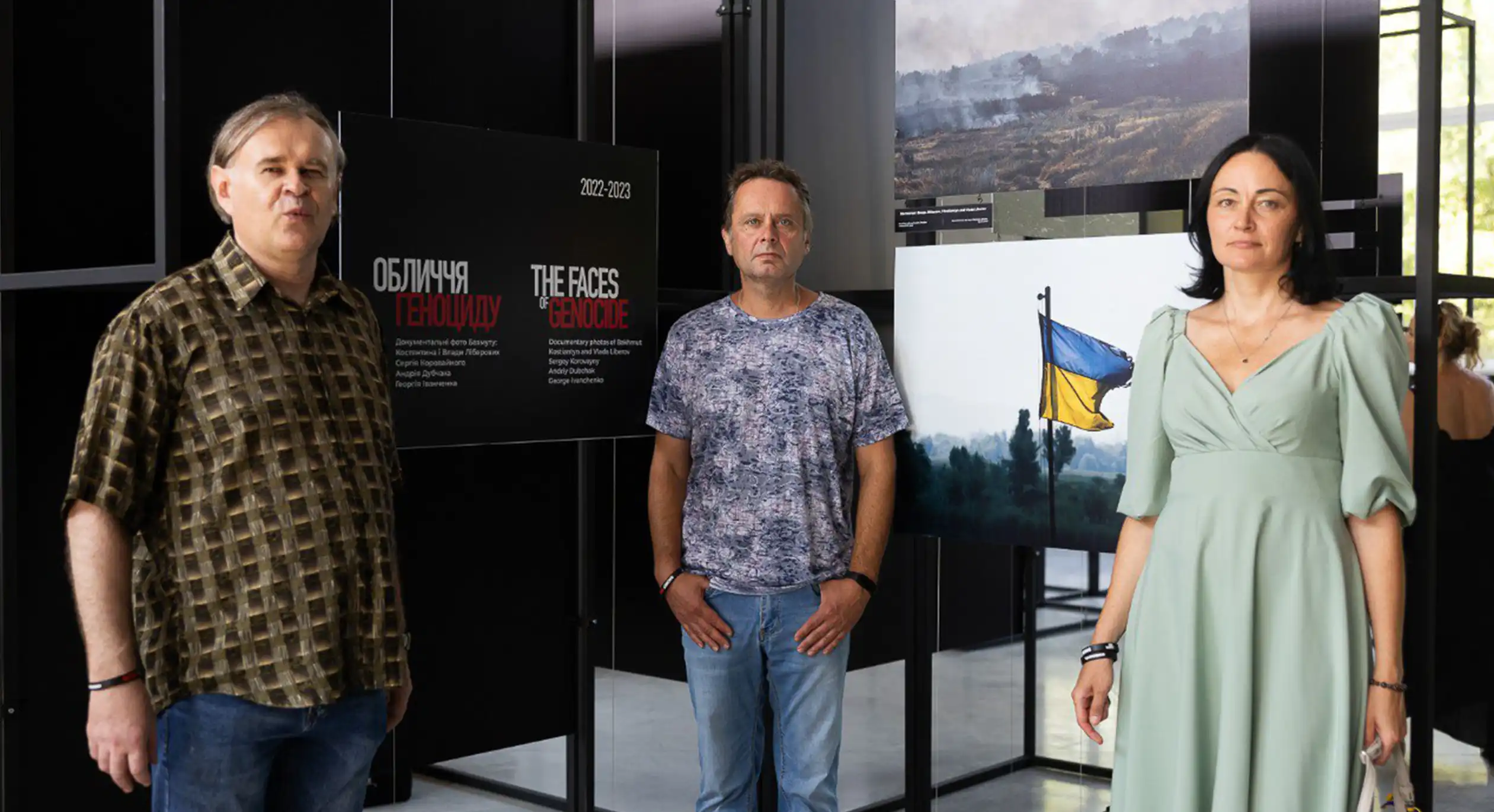
Rostyslav Karandeyev, the acting Minister of Culture, also participated in the opening of the exhibition, along with Bakhmut residents who continue to care for the history and culture of their hometown - Irina Bulgakova, Ihor Kornatskyi, Svitlana Kravchenko, Volodymyr Berezin, Halyna Oliynykova.
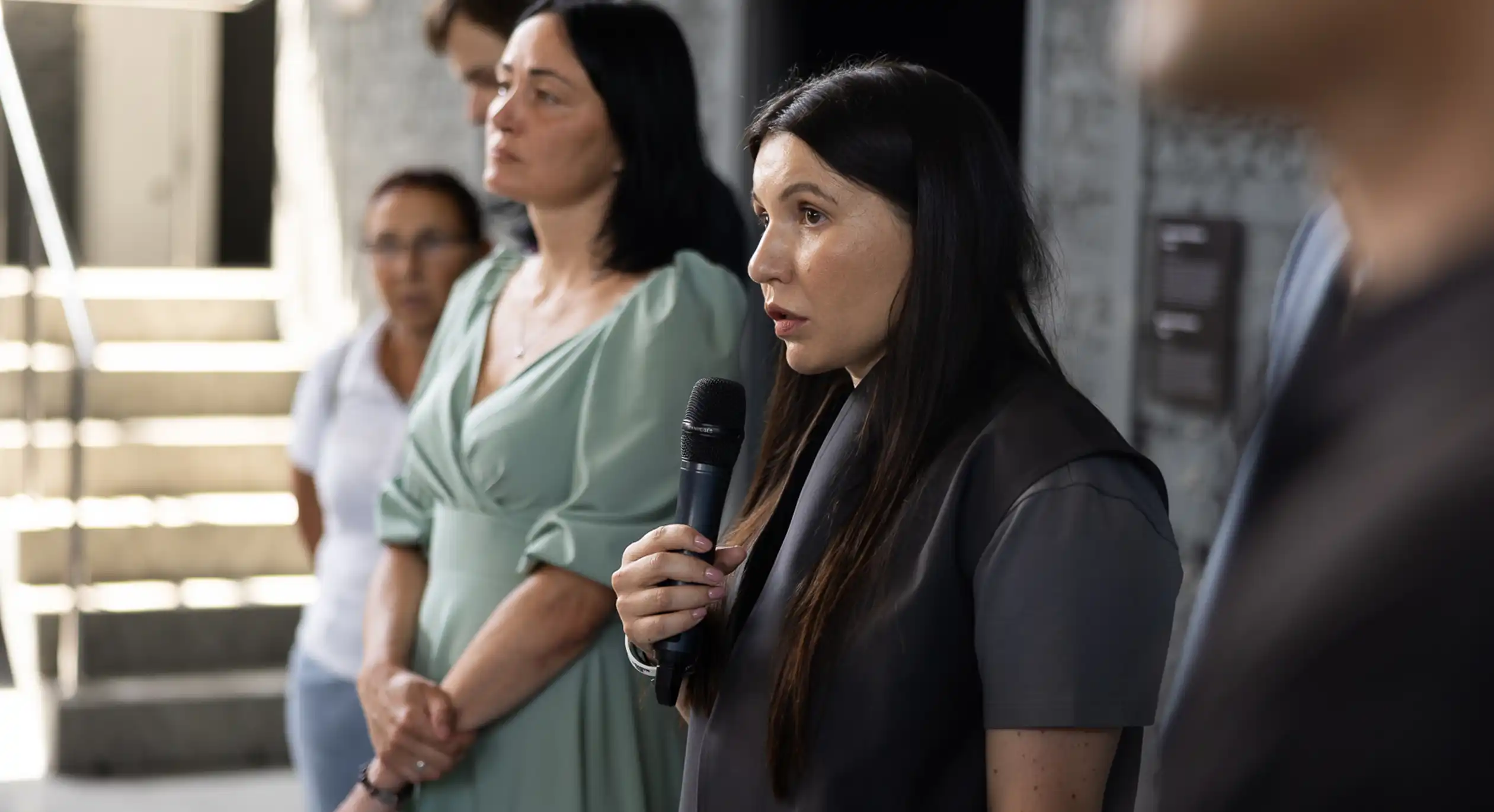
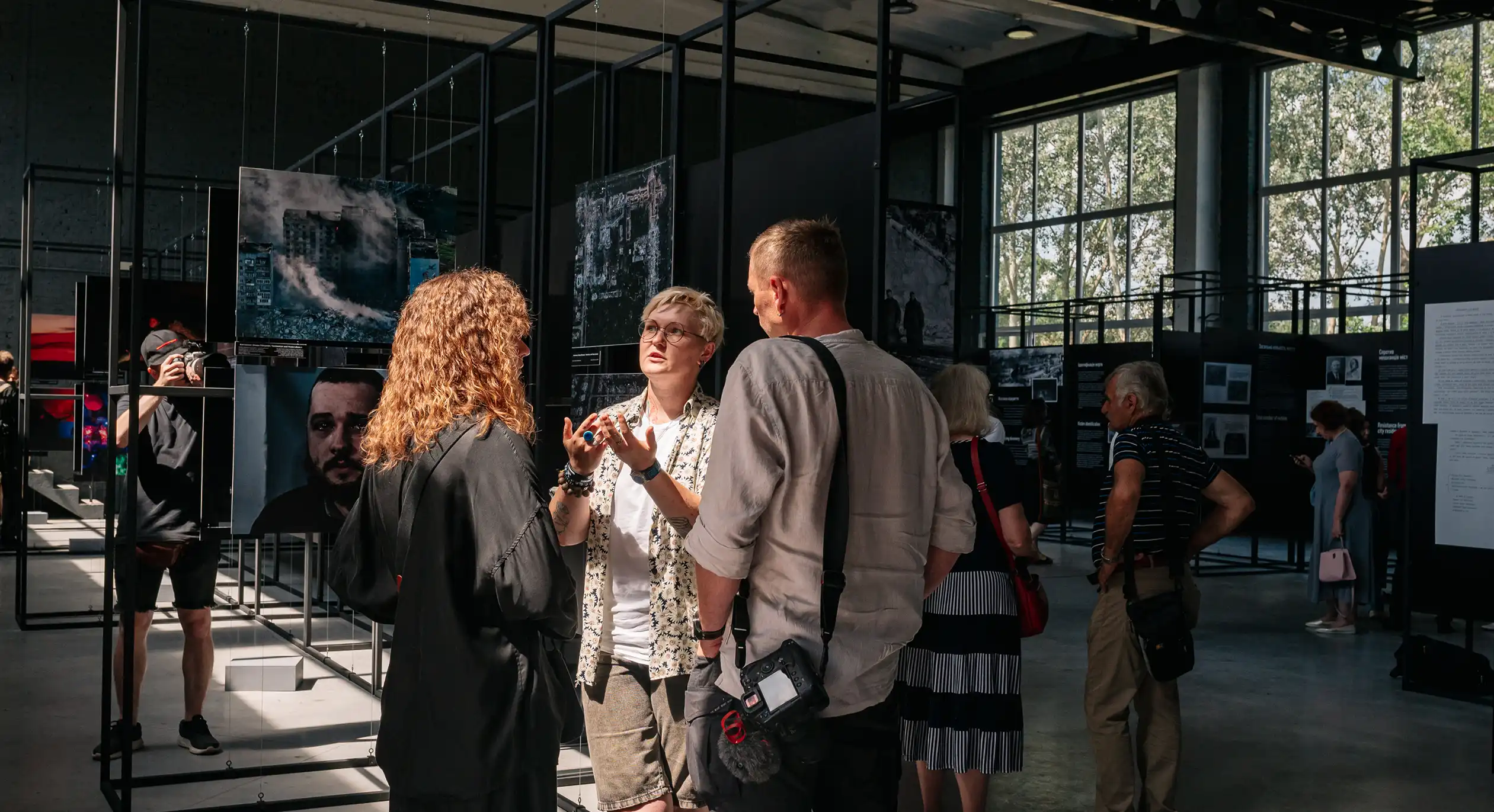
Among the co-organizers of the exhibition are the National Historical and Memorial Reserve "Babyn Yar", the Bakhmut Local Lore Museum, and the Ukrainian Association of Professional Photographers.
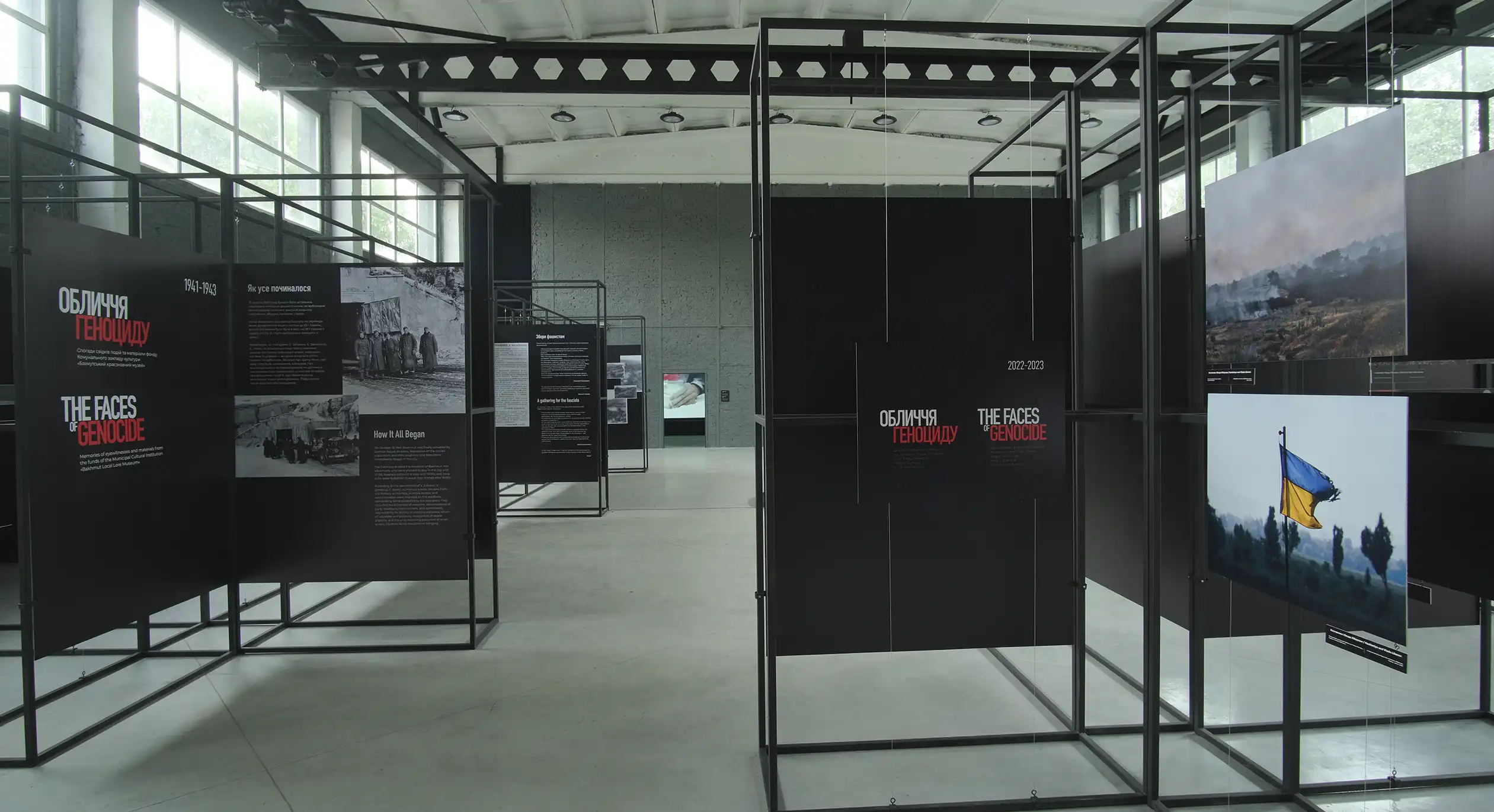
The Bakhmut Local Lore Museum provided documents and photos from its archives that allow us to assess the scale of the Nazi crime in 1942. All these documents became the evidentiary basis for the Nuremberg Trials, after which the main culprits of the crime received their punishments.
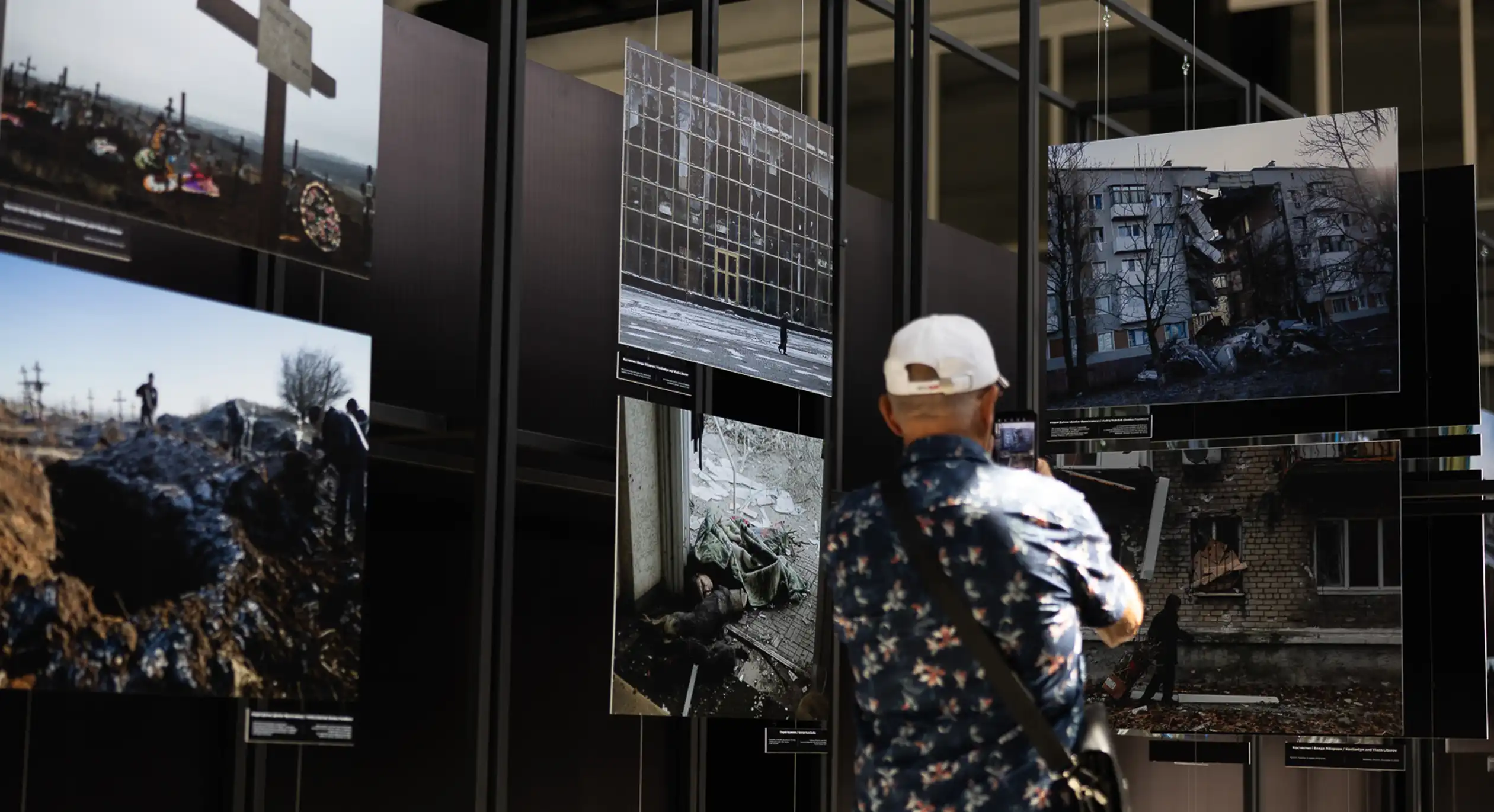
Evidence of the crimes committed by russians today is also carefully documented. The second part of the exhibition, Faces of Genocide 2022-23, presents a chronology of Bakhmut's life over the past two years, including how the city's infrastructure was destroyed and what the locals had to endure. These are works created by well-known Ukrainian documentary photographers: Kostiantyn and Vlada Liberov, Sergey Korovayny, Andriy Dubchak and George Ivanchenko.
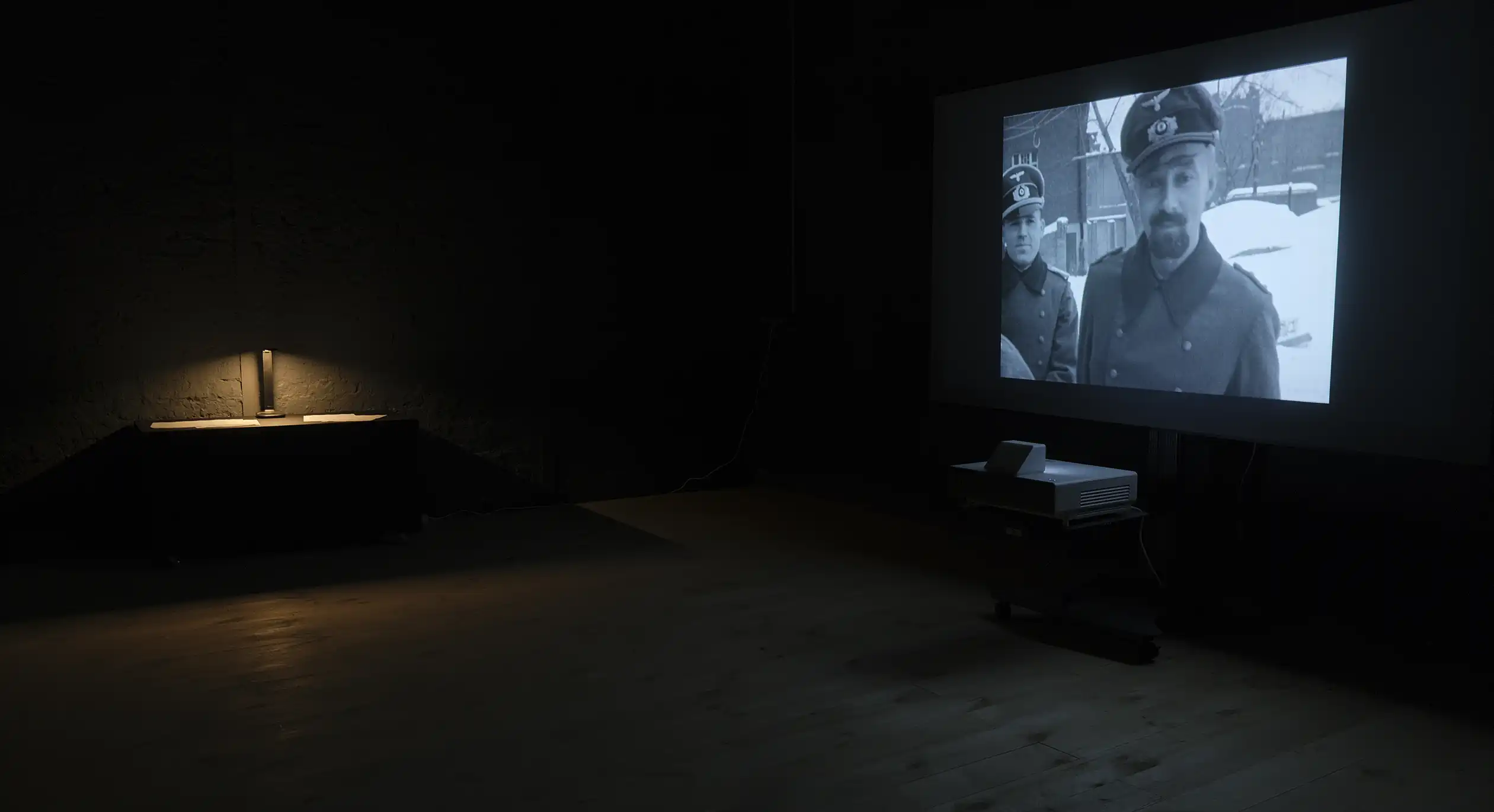
Works by the German author Clemens von Wedemeyer merge Bakhmut's past and present. In 1941, Clemens' grandfather, Wehrmacht officer Harald von Vietinghoff-Riesch, an amateur documentarian, filmed his unit's offensive, which ended in Artemivsk. While in Bakhmut in 2021, Clemens attempted to capture angles his grandfather had filmed and places associated with the German occupation of the city. This footage is punctuated by the horrific images of the devastating war that the artist has seen in less than a year on the news.
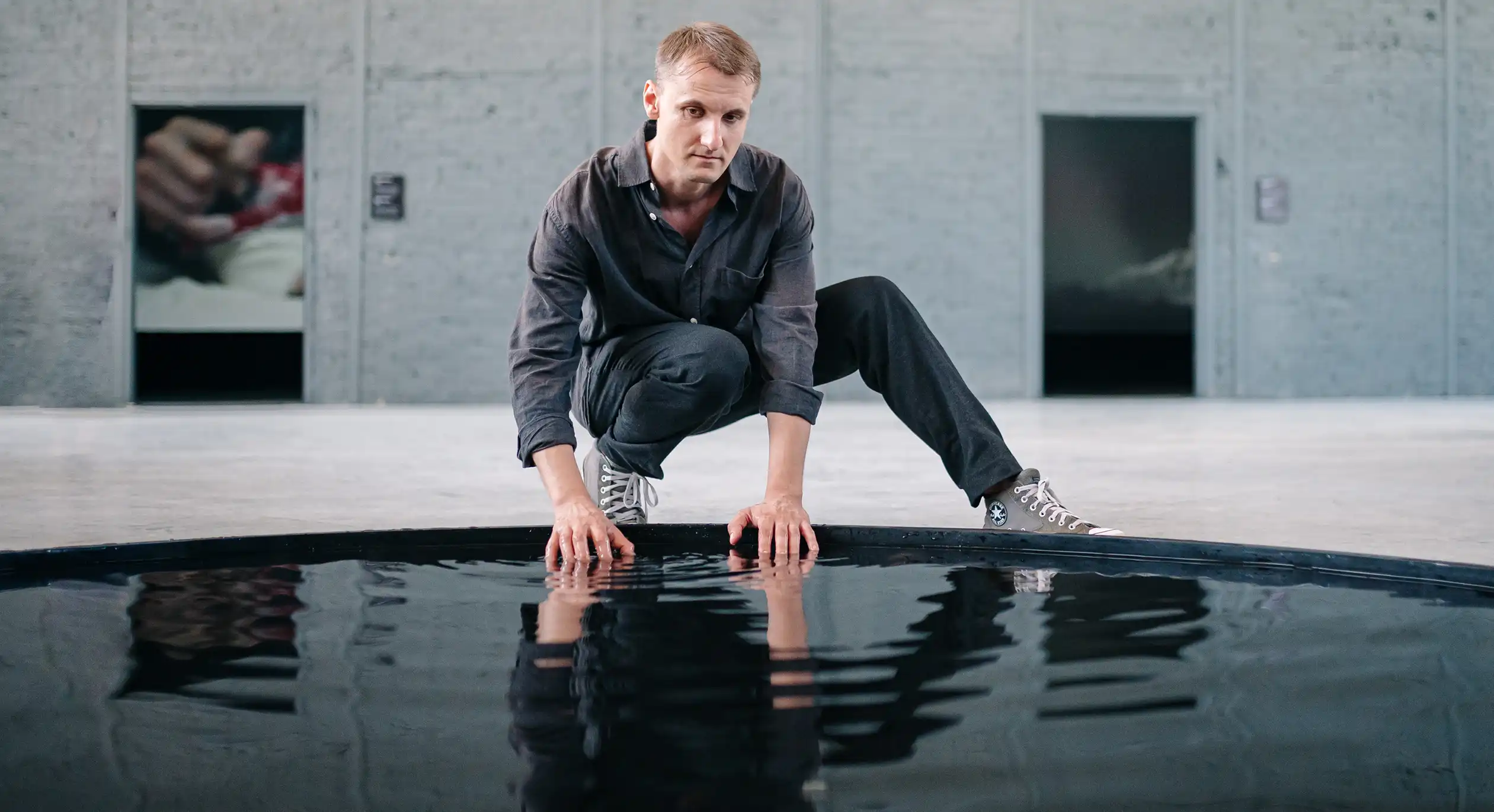
A powerful artistic element of the exhibition about the essence of two genocides of different centuries is the work of Mykhailo Alekseenko, an artist from Kyiv. The exhibition features three installations by the author: "Dust", "Dust 2022", and "Shed Tears".
At the heart of the exhibition's display is the audiovisual installation "Shed Tears". It is a metaphor for the common pain of all Ukrainians, filled with common shed tears.But on the other hand, it is a reminder that only the living can carry the memory. When you look there, you see the reflections of people standing next to you.
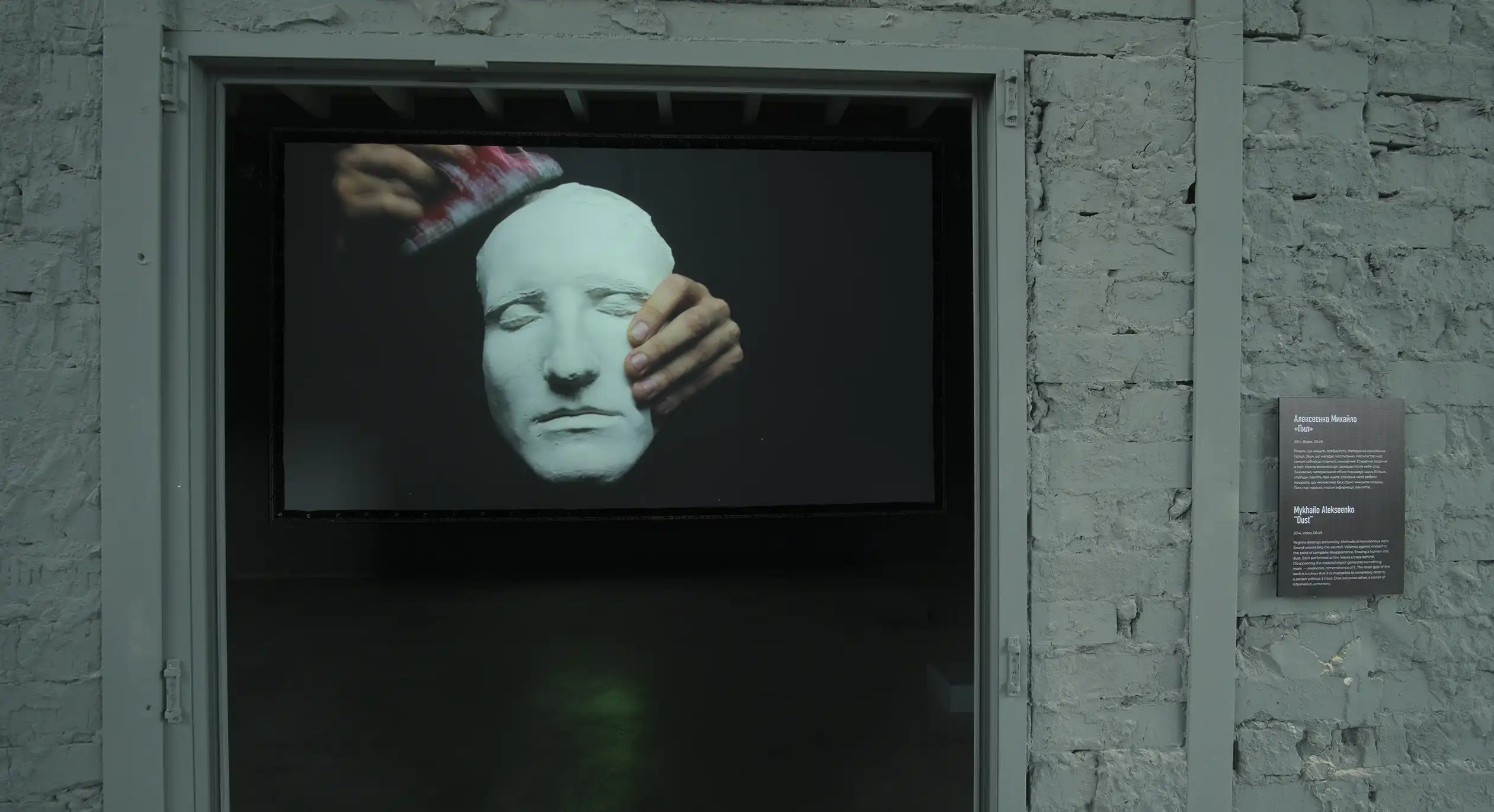
Another work by Alekseenko, titled "Dust," was created during the Euromaidan protests. The concept of the work is that first human rights are suppressed, then the personality is destroyed, the visual reflection is erased, and finallythe person turns into dust - as a metaphor for ashes. And ashes are a carrier of memory.
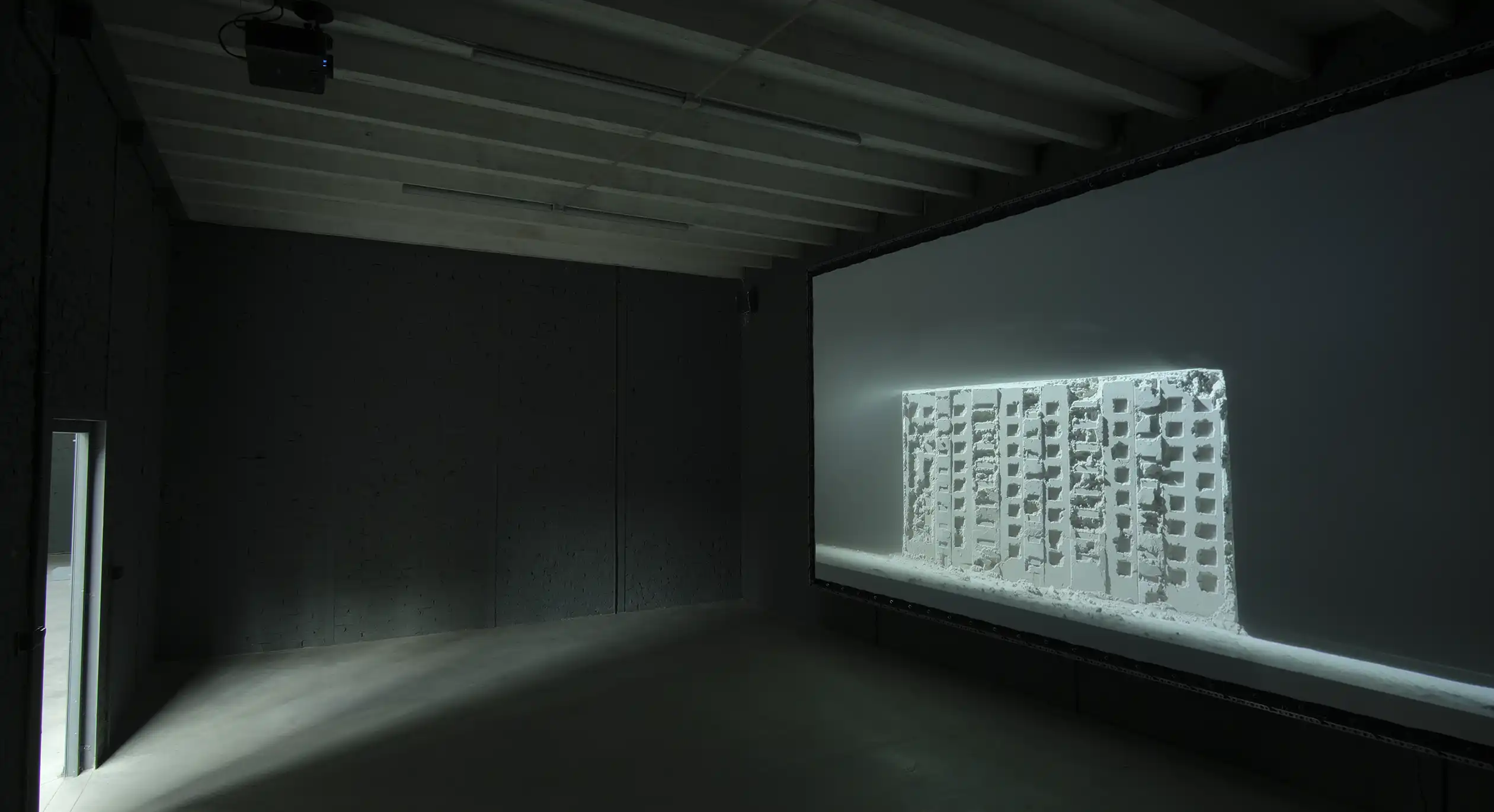
In the hall next door, there is a work called Dust 2022. This installation was made recently and depicts a metaphor for the destruction of memory. "This is exactly what russia is trying to do in Ukraine now. They have adopted the experience of the USSR, which did the same thing. For example, my uncle lived near Babyn Yar, and as a child he used to go to the sports grounds there to play hockey. That is, a different narrative was created for the next generations. For them, it was not a place of memory," says Mykhailo Alekseenko.
The exhibition project is also planned to turn into a platform for discussion. It is the dialog between scholars, artists, and public figures with the audience that pushes for changes in public opinion. Babyn Yar seeks to engage educators in working on how to talk about memory with children.
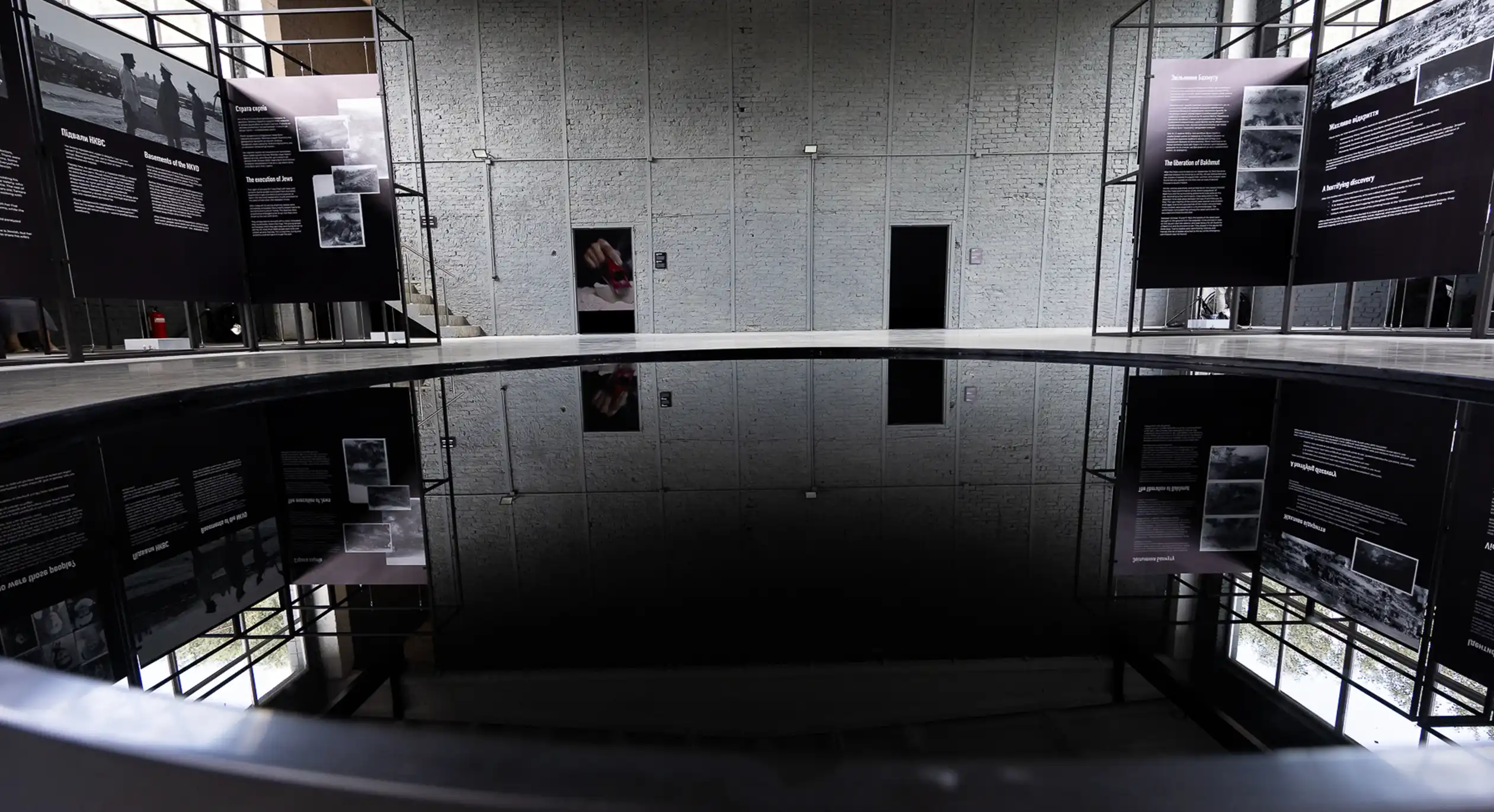
The exhibition will run from 1 to 31 August 2023 at the Living Memory Exhibition Center, Babyn Yar, 46A Yurii Illienko Street. Opening hours: Monday-Friday 10:00-19:00, Saturday-Sunday 11:00-18:00. Admission is free.
